MantisGirl13
Well-known member
Oh wow, they are tiny! They look like little crickets!
- MantisGirl13
- MantisGirl13








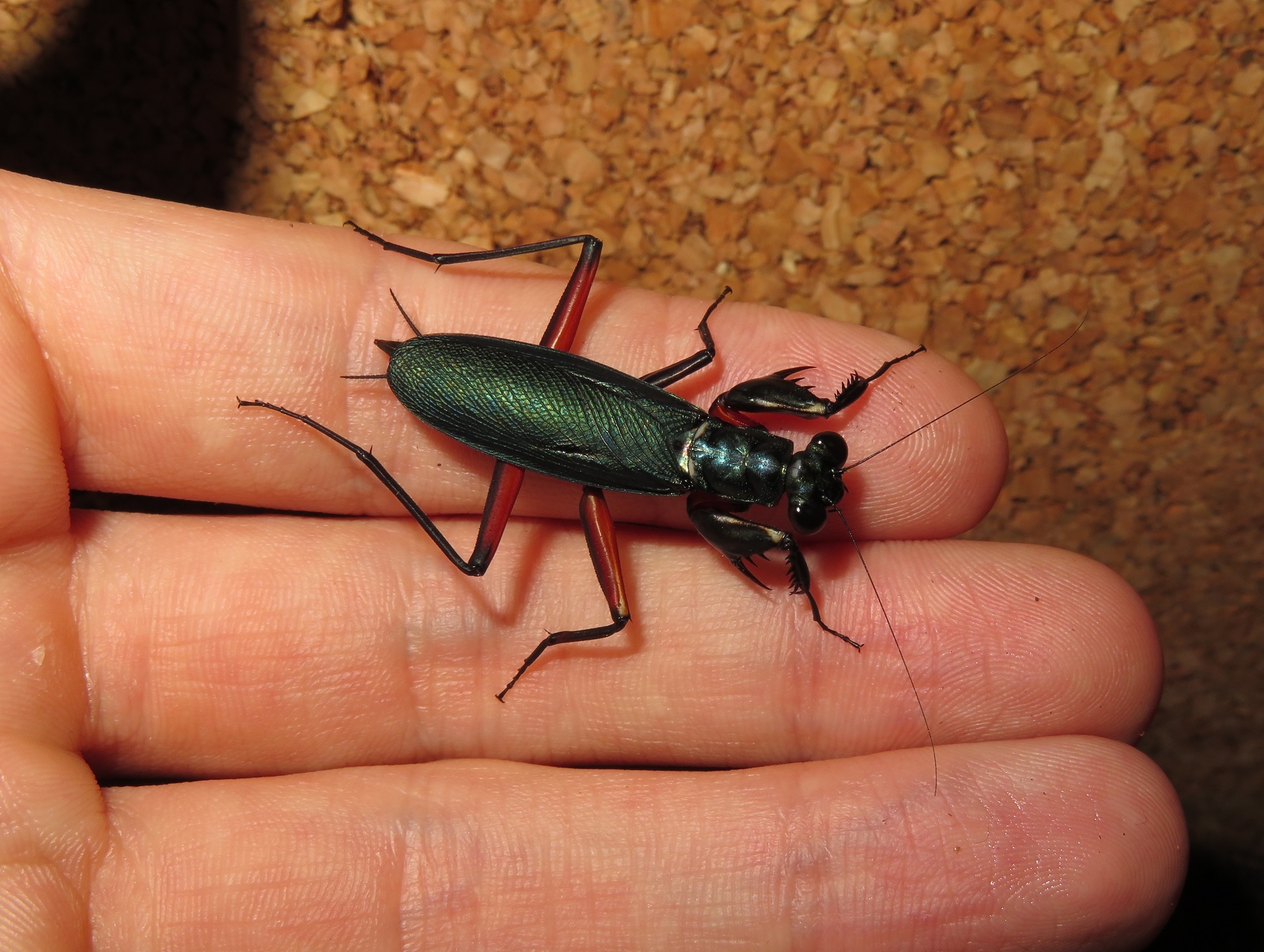








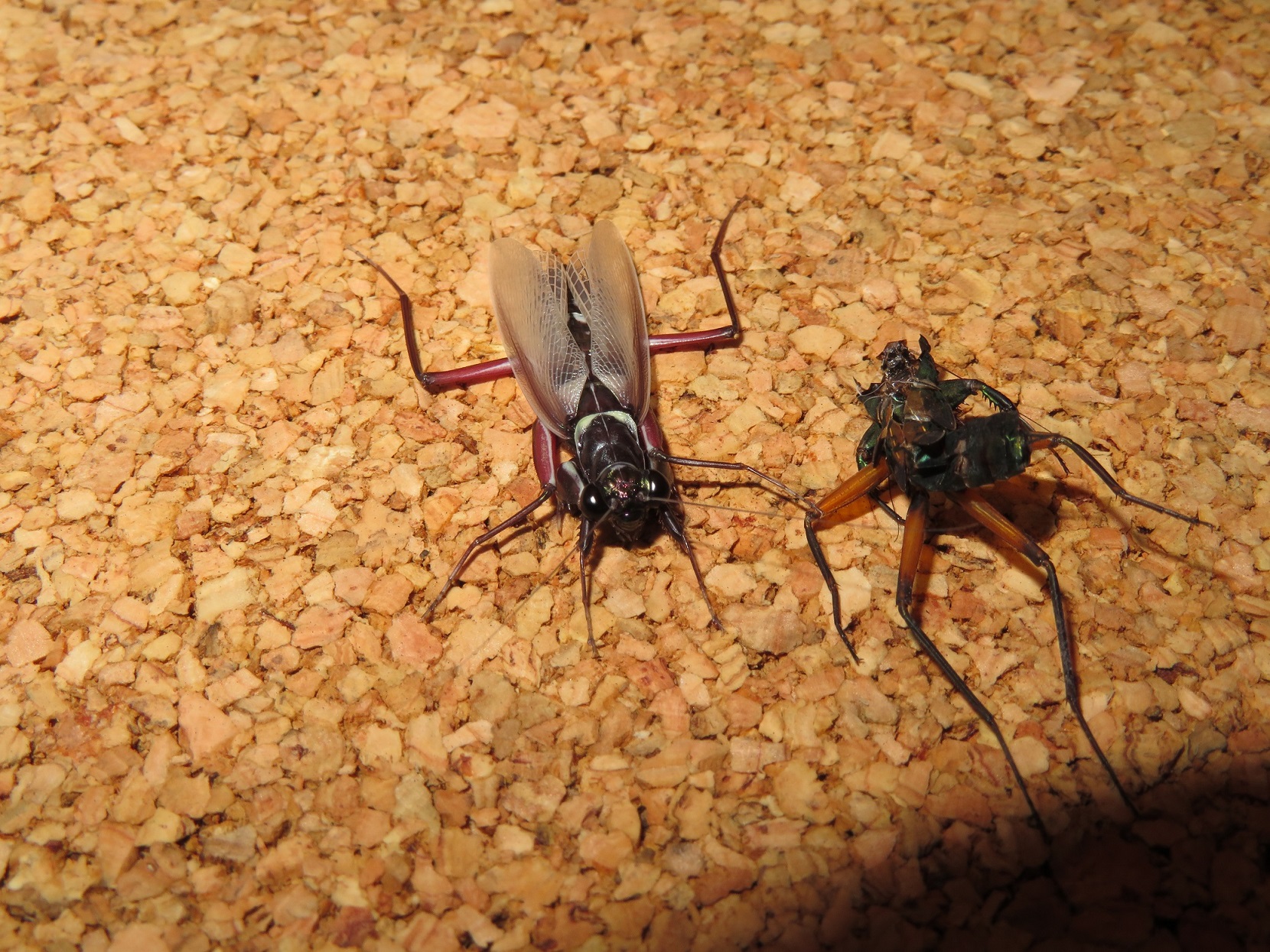


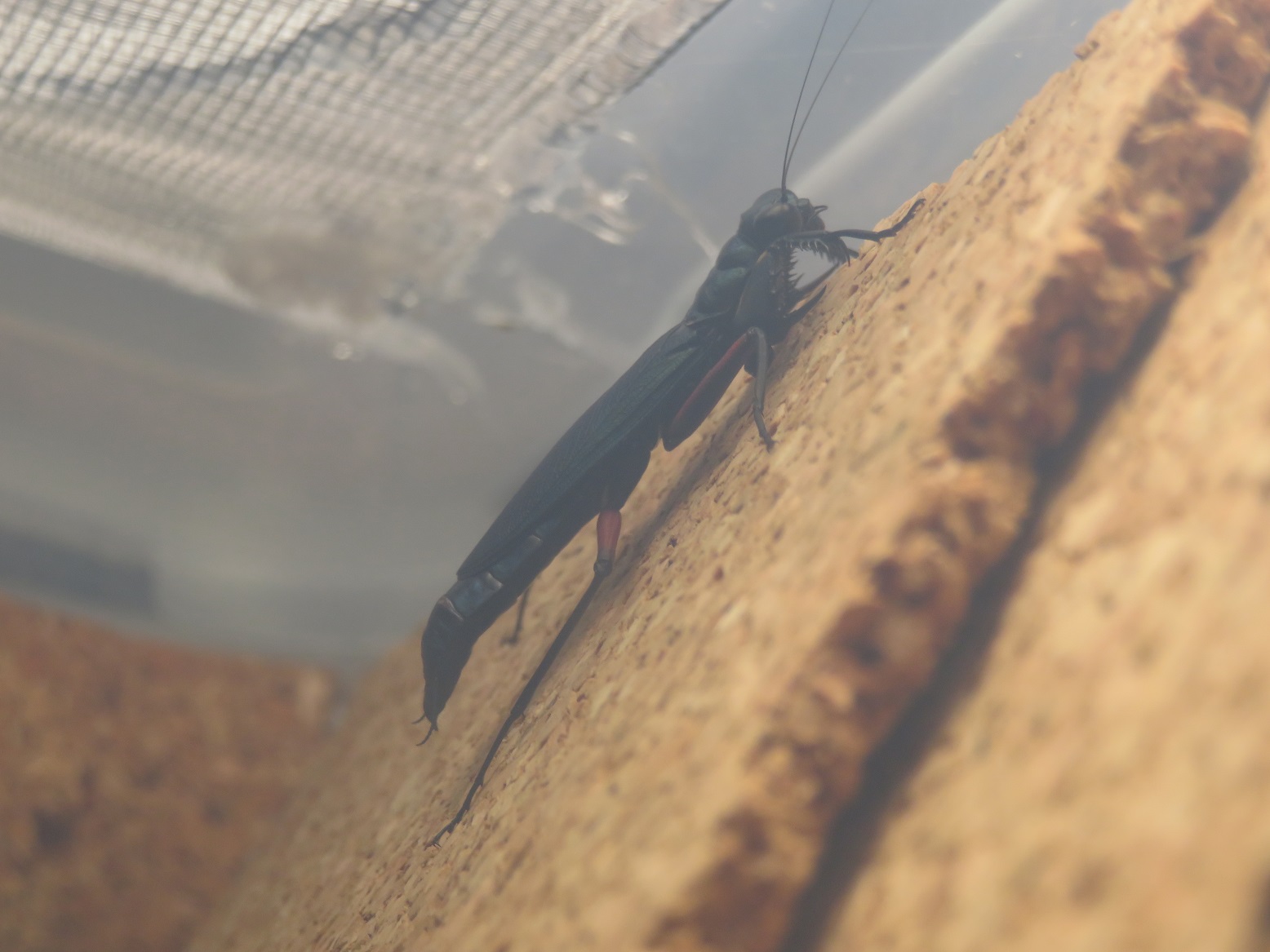
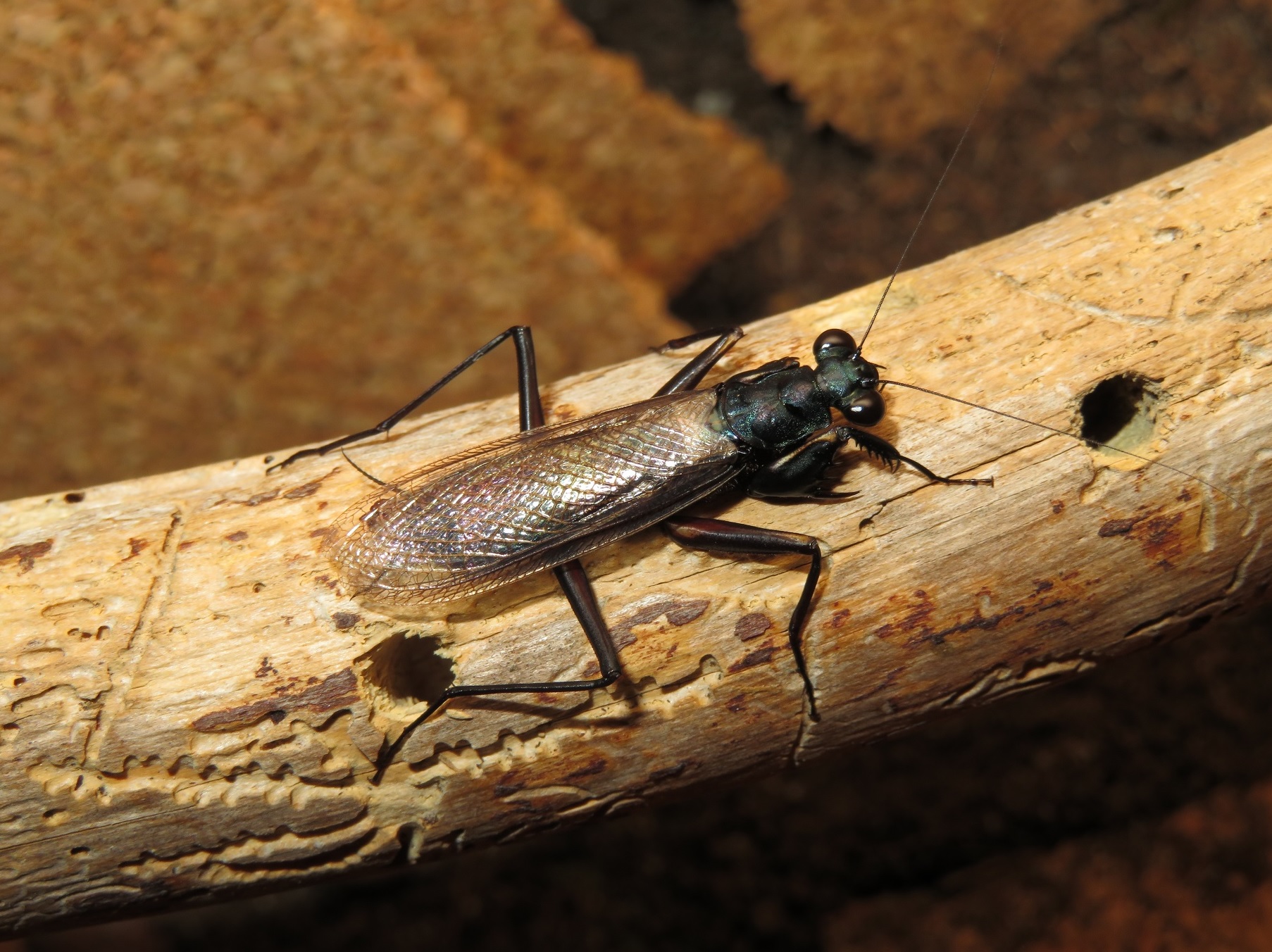





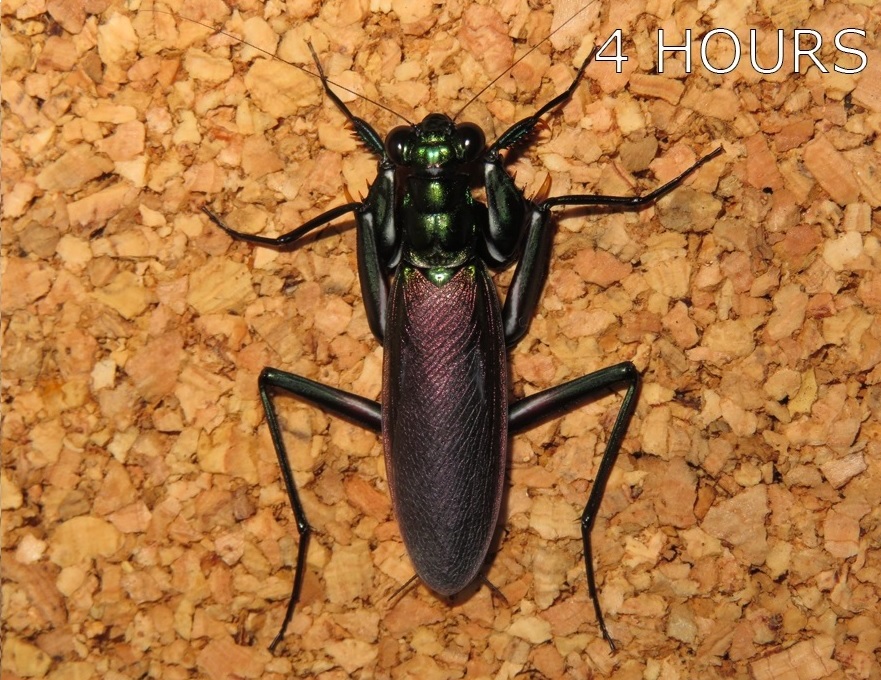



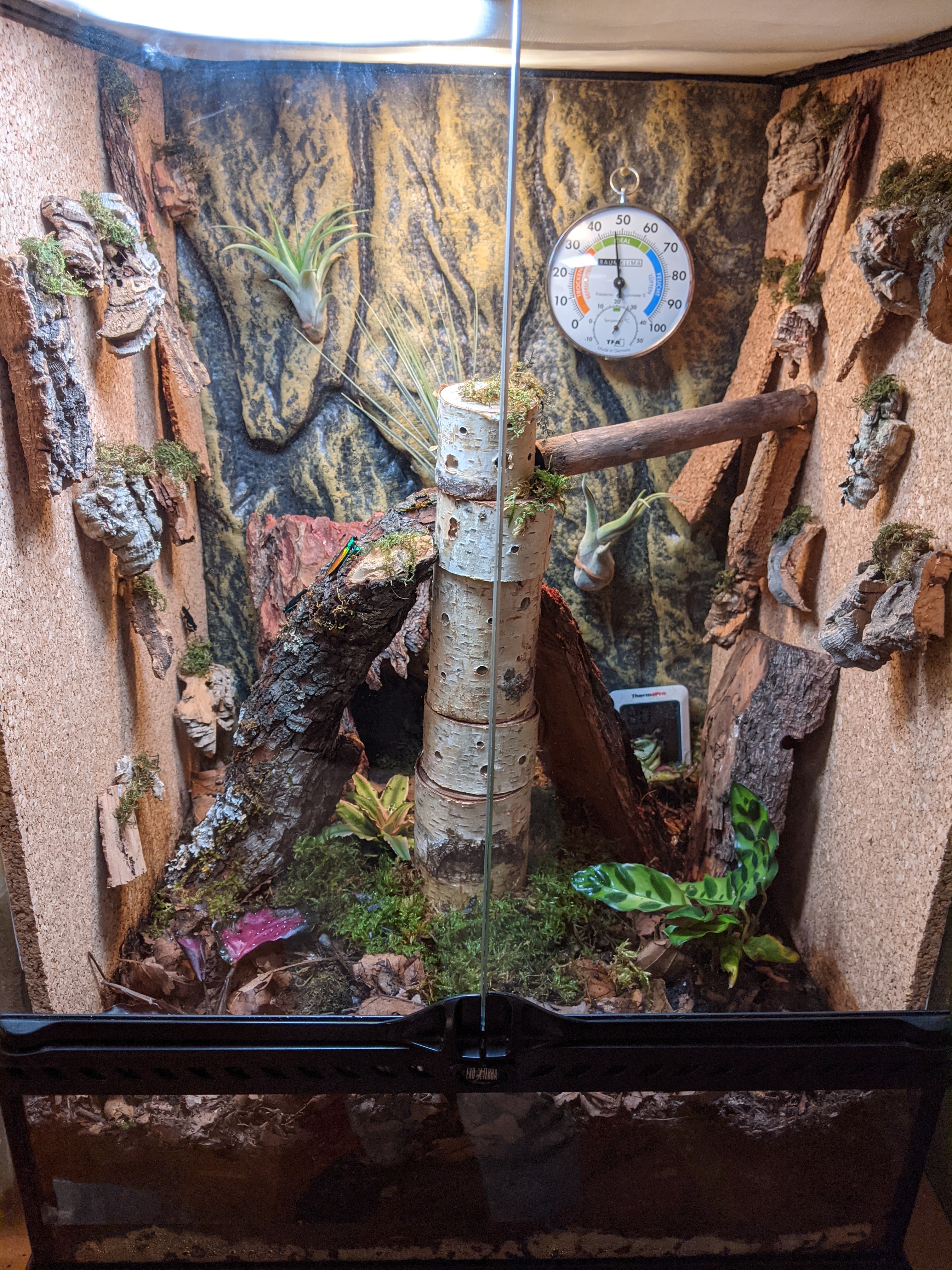





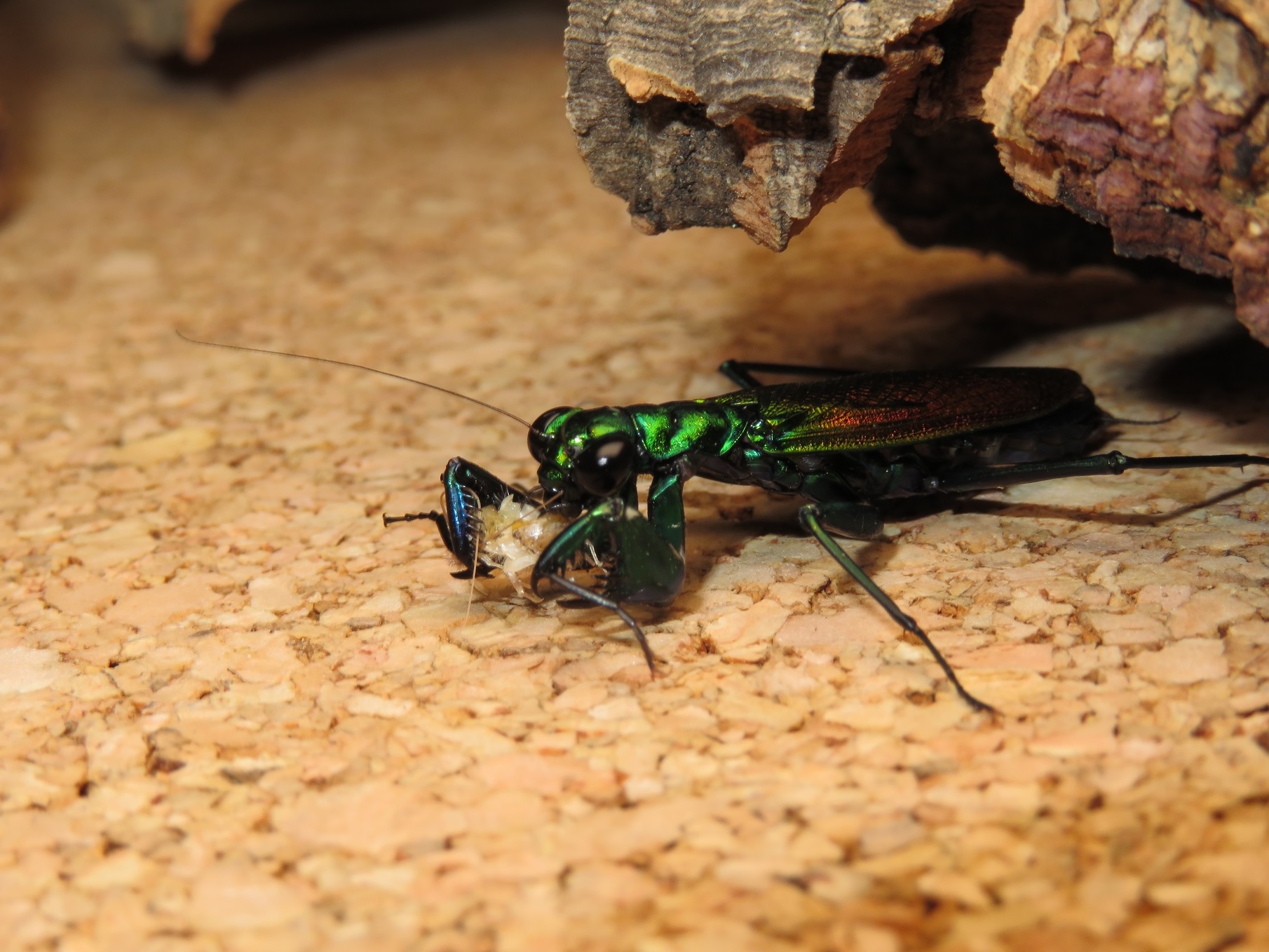









Photos are wonderful! Great work with the Metallyticus, they seem tricky. How do you raise your firebrats?













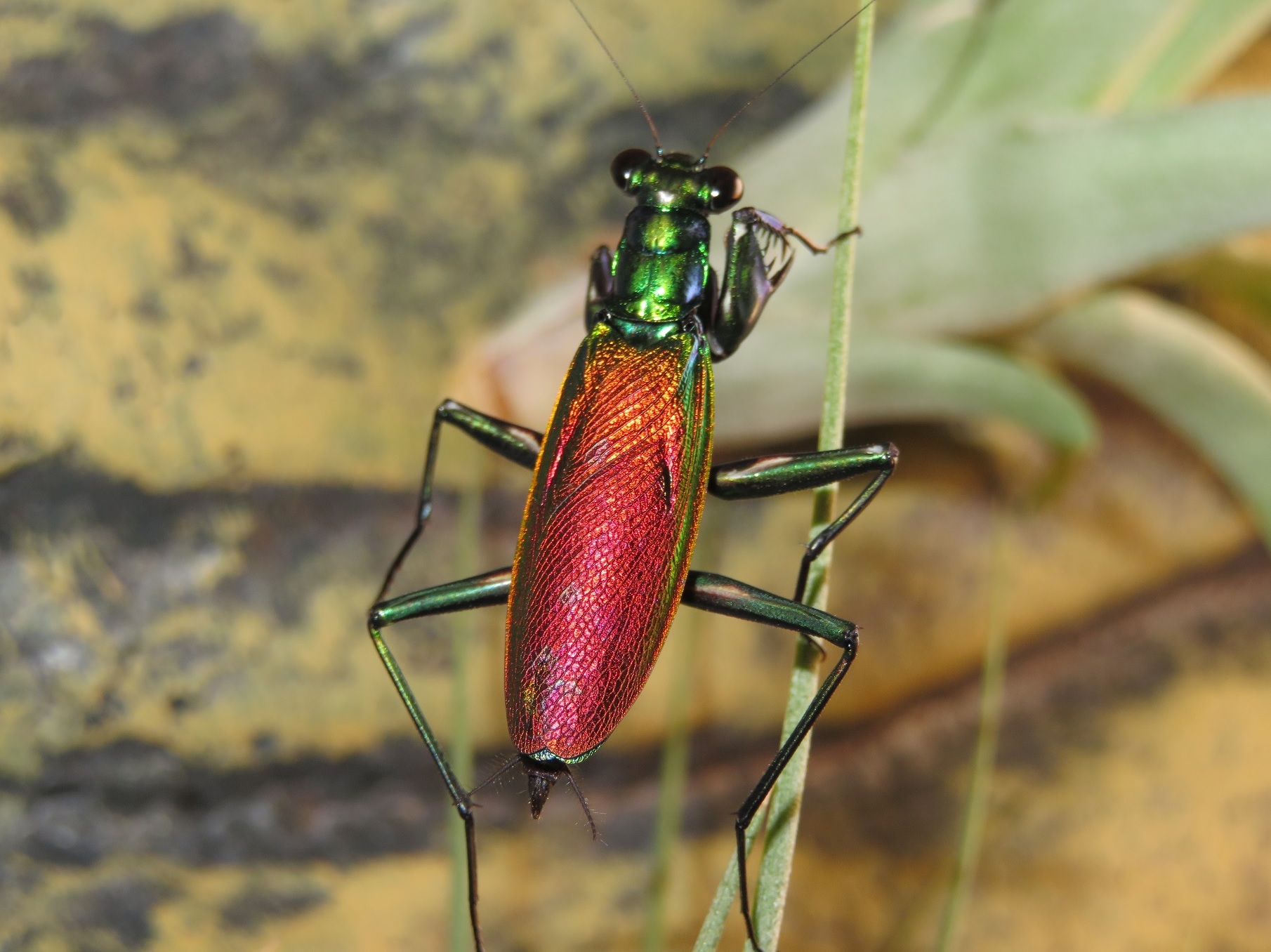





I haven't bothered with Idolomantis again, keeping a large fly supply going for a group of them was kind of a hassle the last time. I'd probably want to just breed bottleflies myself the next time I'm attempting Idolos. I'm content with the Theopompa and Metallyticus for now, they take up enough space anyway in addition to my herps. Majangella moultoni is a species I'd like to give a shot next, but I haven't seen offers in a good while.Have you gotten any more opportunities with Idolomantis?
They are only kept communally within their own species. I want to make another Exo Terra for the M. violaceus in the coming months since the younger group is growing nicely.They r soooo pretty!
do you keep them together i
n the same enclosure?












Yeah. I noticed that they prefer the holes with 4mm diameter.Are the females depositing ooths in some of the early photos?
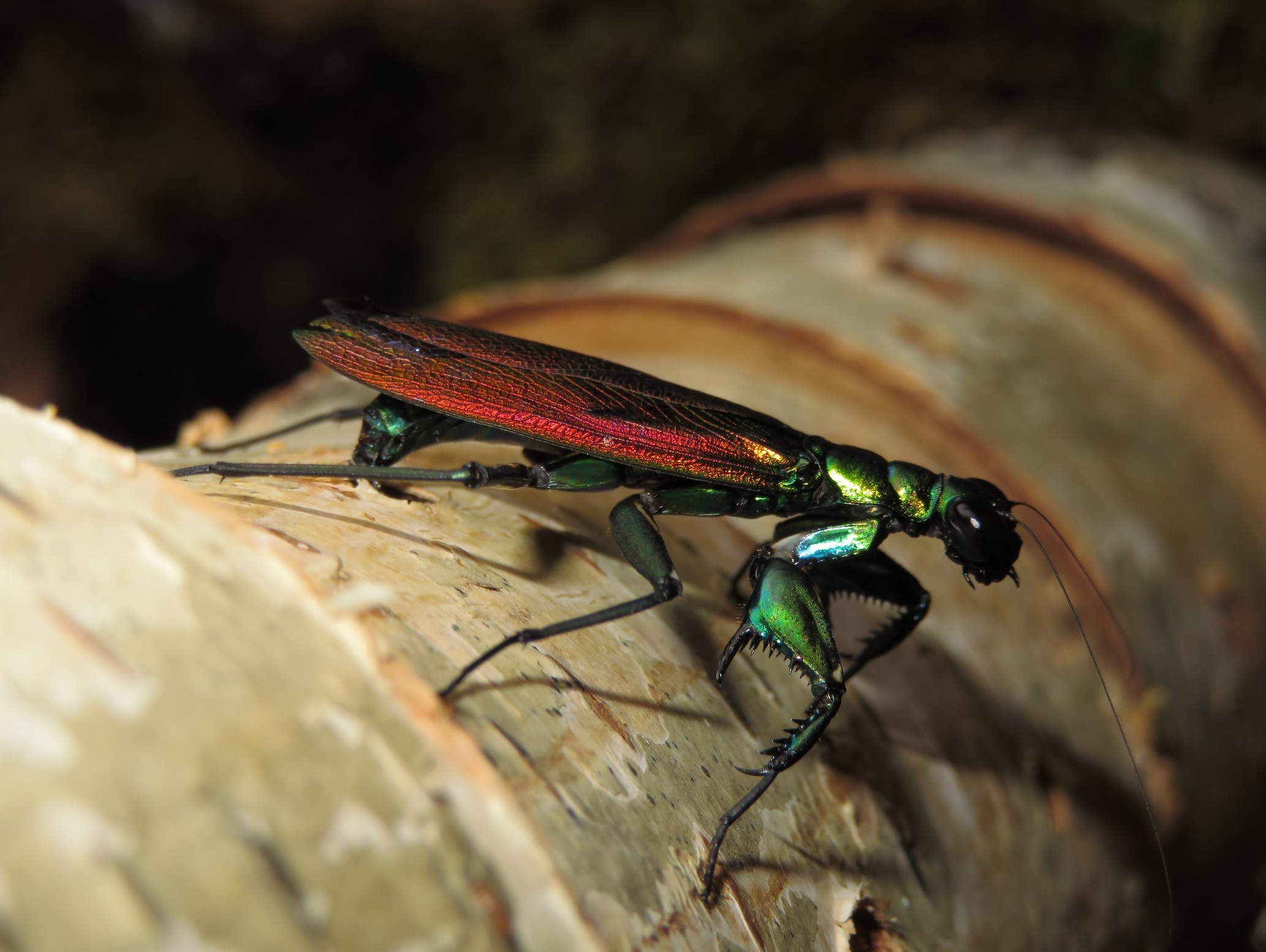





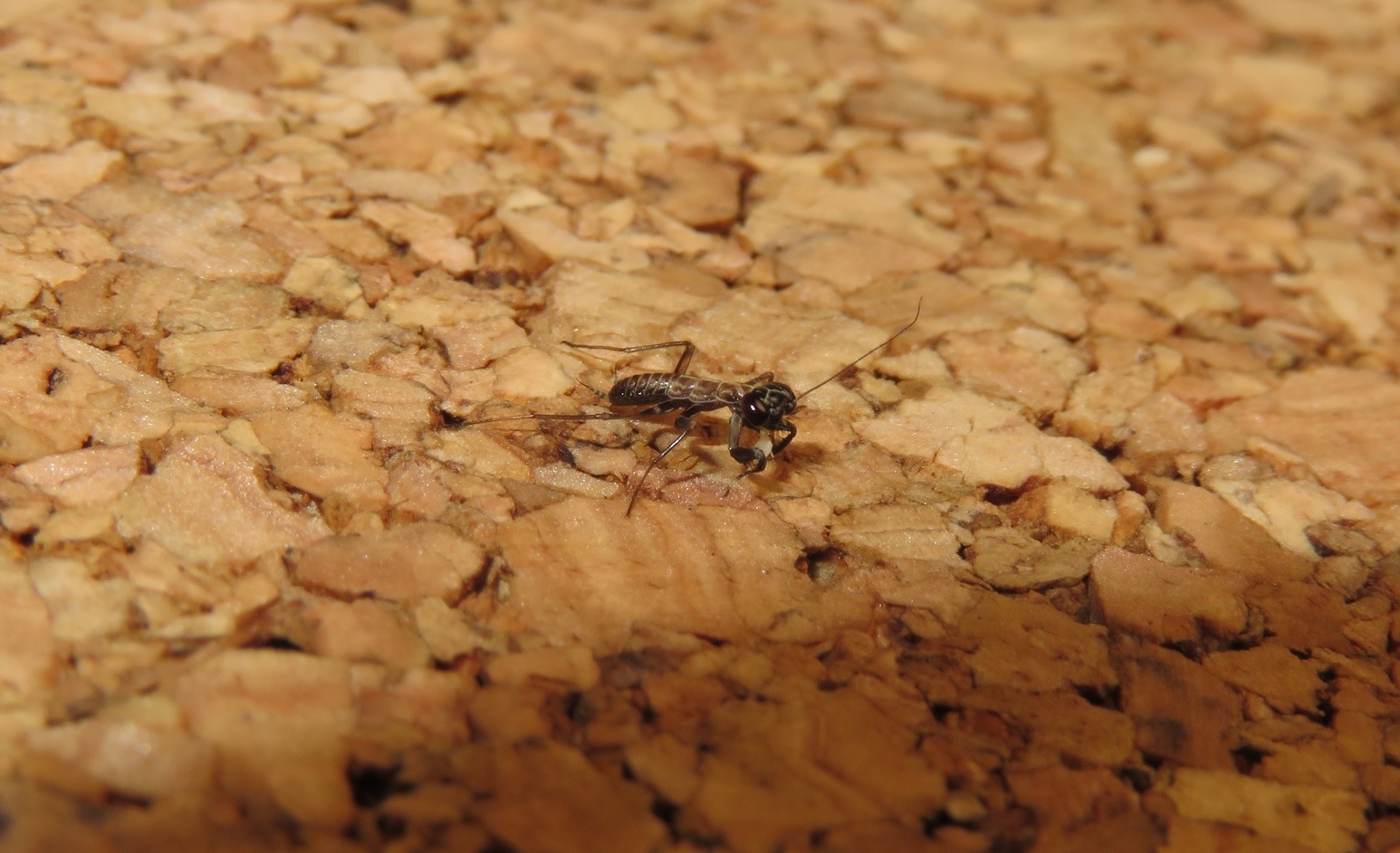

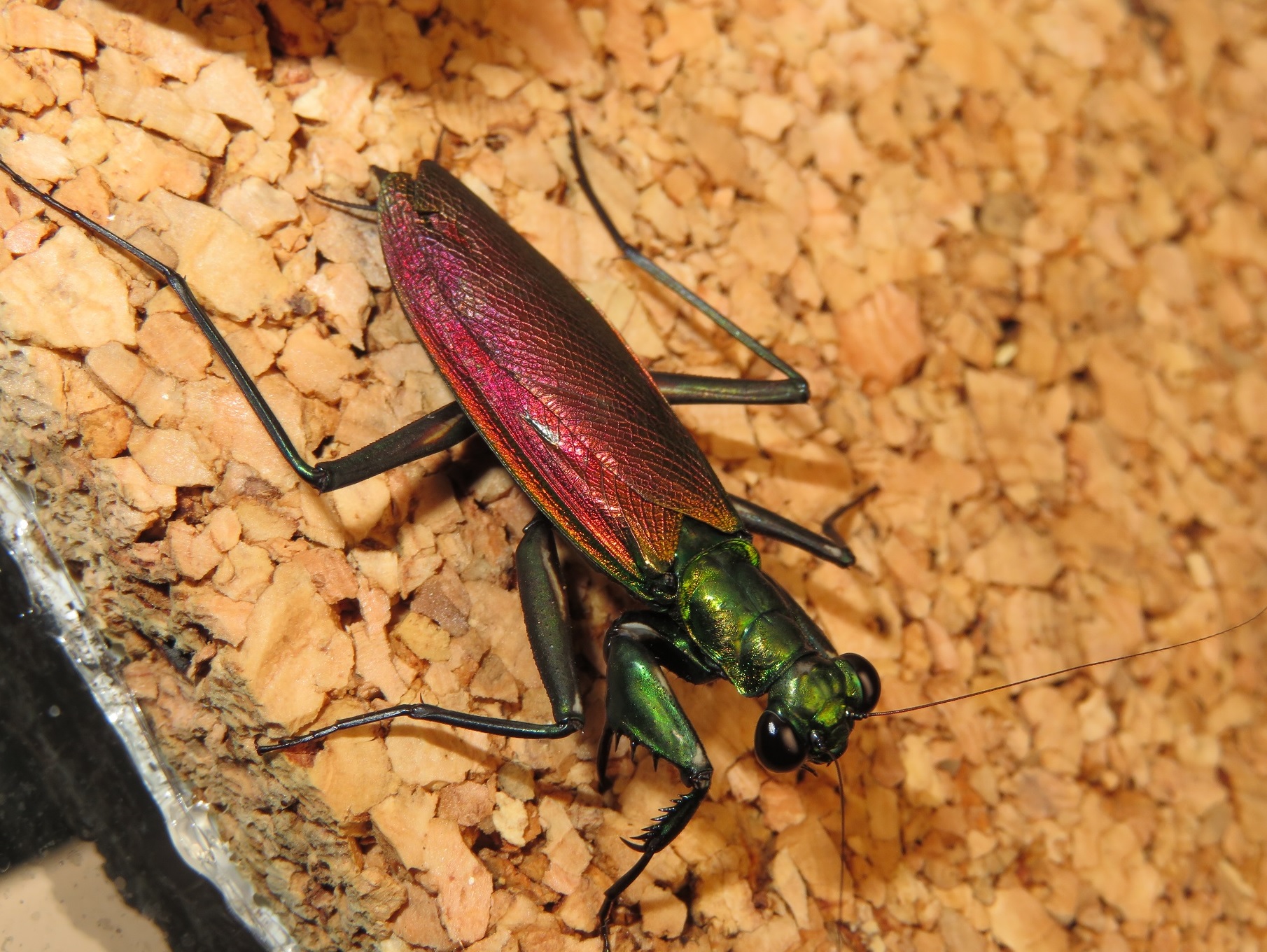










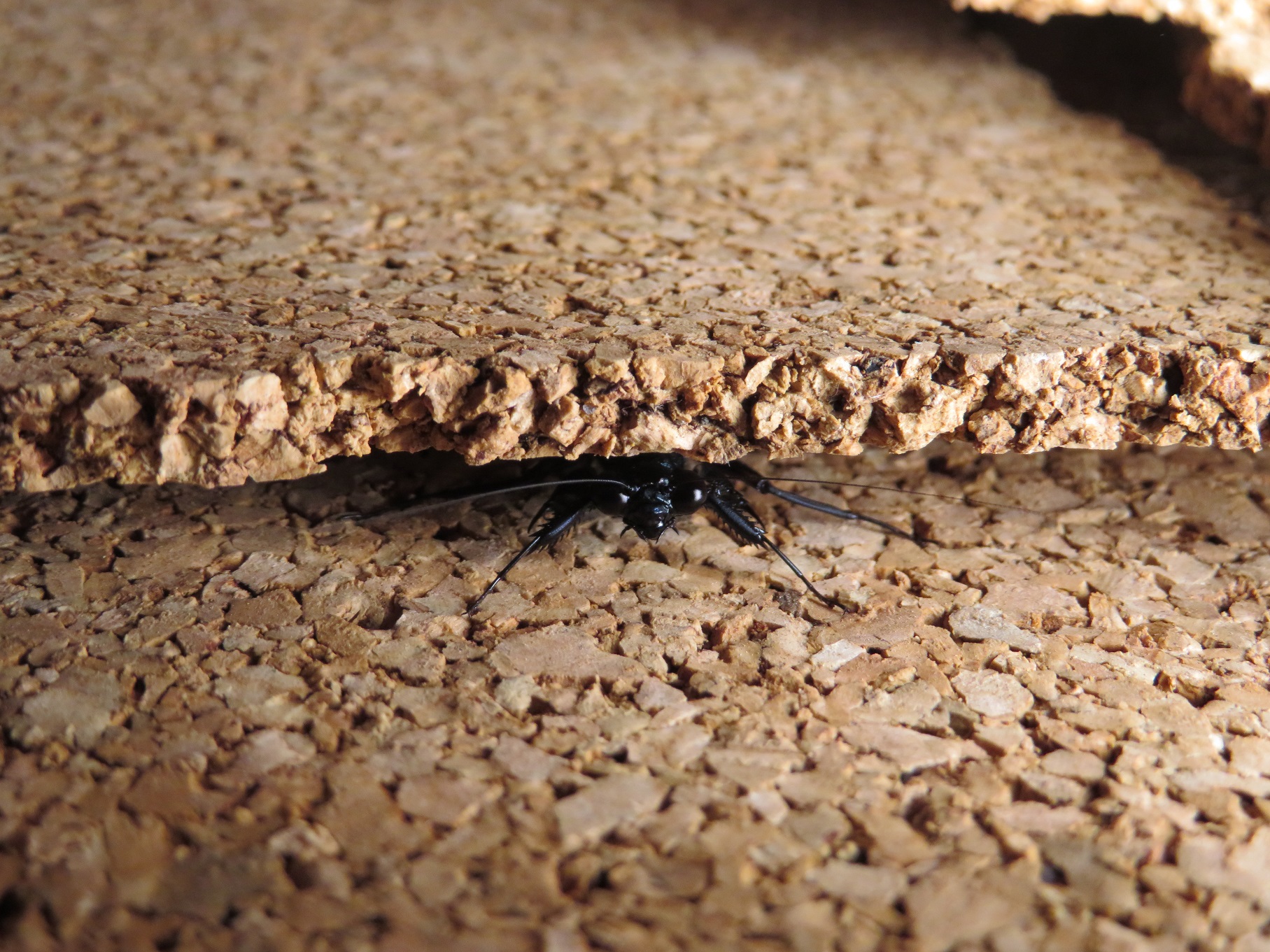
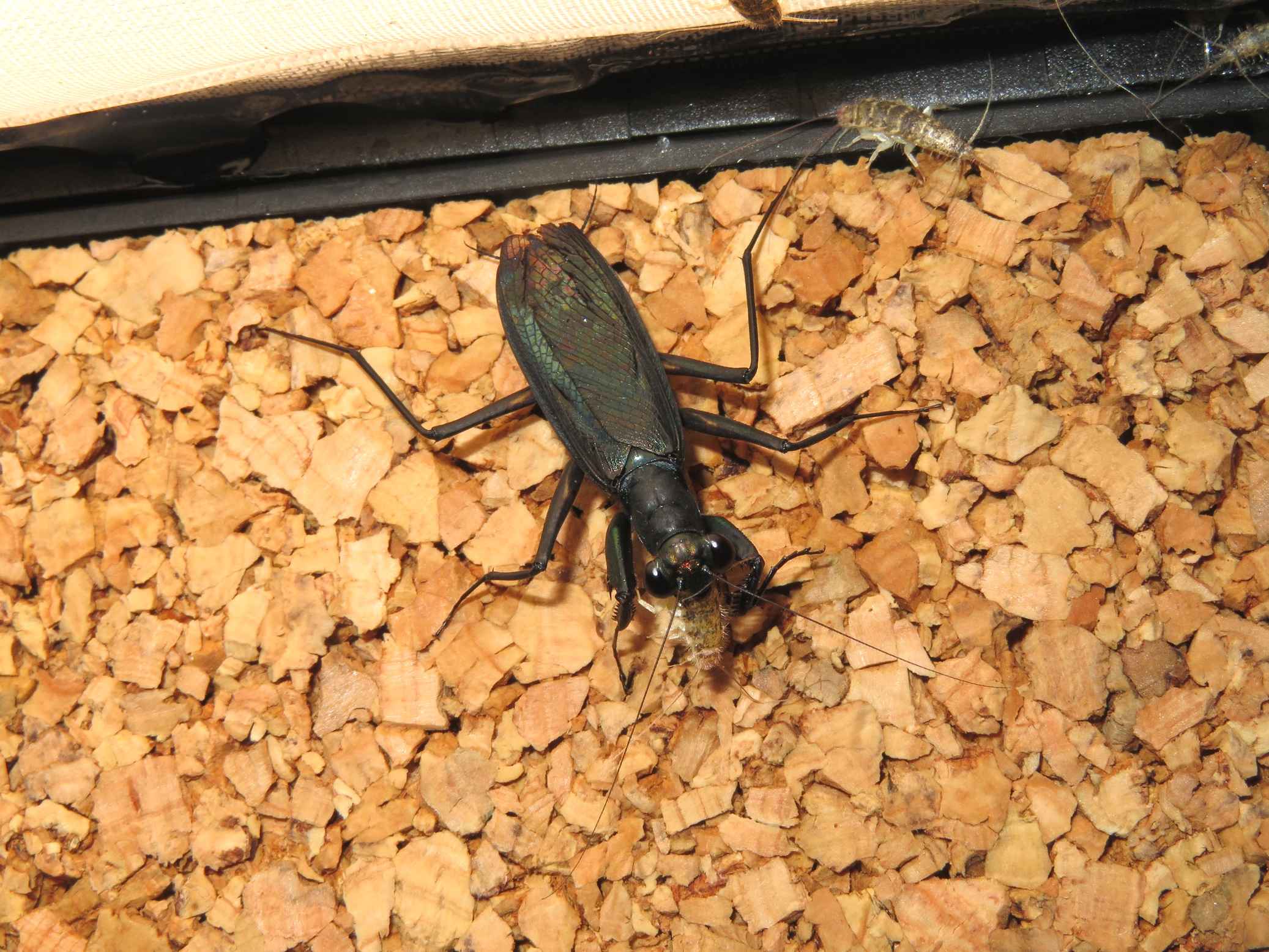




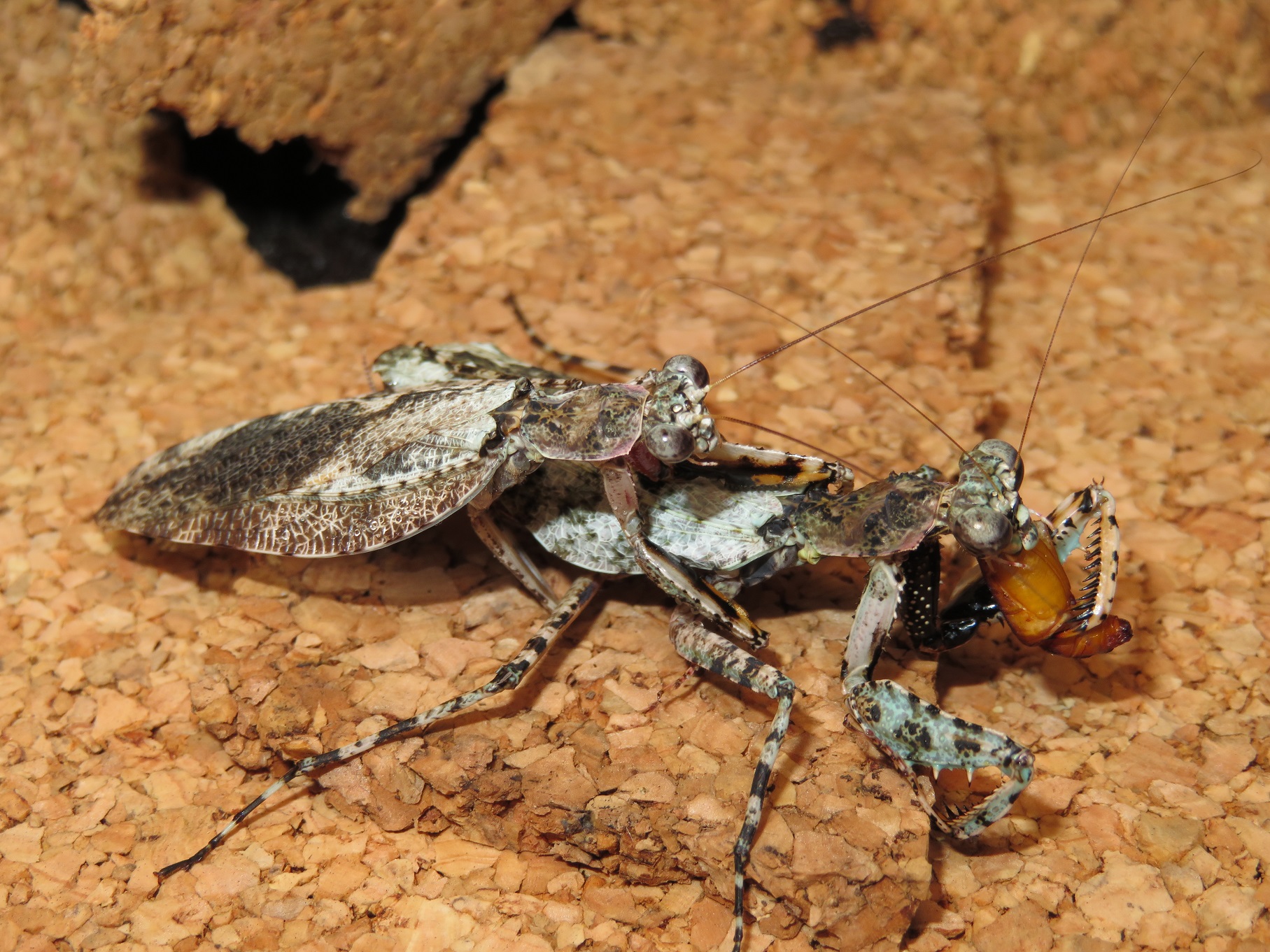
Enter your email address to join: